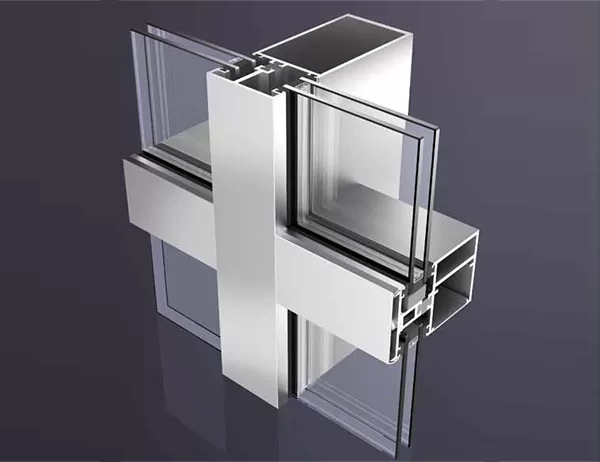How to Integrate Aluminum Profiles into Your Furniture Designs for Enhanced Aesthetics and Functionality
Aluminum profiles have emerged as a versatile and aesthetically pleasing material in furniture design, offering a range of benefits from enhanced durability to customizable aesthetics. This comprehensive guide provides a detailed roadmap for integrating aluminum profiles into your furniture designs to elevate both form and function.
Choosing the Right Aluminum Profile
The selection of aluminum profiles is crucial for achieving the desired aesthetic and functional outcomes. Consider the following factors:
Alloy Composition: Choose alloys with high strength, corrosion resistance, and weldability, such as 6063 or 6082.
Shape and Size: Select profiles that complement the design concept and meet the load-bearing requirements.
Surface Finish: Opt for anodized, powder-coated, or brushed finishes for durability, corrosion resistance, and aesthetic appeal.
Joining Techniques for Aluminum Profiles
Securely joining aluminum profiles is essential for structural integrity and aesthetic continuity:
Welding: Provides strong and durable joints but requires specialized equipment and skill.
Bolting: Offers flexibility for disassembly and reassembly but may affect the overall aesthetics.
Snap-fit Connectors: Allows for easy assembly and disassembly without tools, ensuring a clean and modern look.
Integration into Furniture Designs
Aluminum profiles can be integrated into furniture designs in various ways:
Frames: Use aluminum profiles as lightweight and durable frameworks for sofas, chairs, tables, and beds.
Legs and Supports: Enhance stability and elevate furniture with sleek aluminum legs and support structures.
Shelving and Drawers: Create organized and visually appealing storage solutions by incorporating aluminum profiles into shelving units and drawer systems.
Decorative Elements: Accentuate designs with aluminum profiles as decorative trims, handles, and ornamental elements.
Benefits of Aluminum Profiles in Furniture Design
Integrating aluminum profiles into furniture design offers several advantages:
Enhanced Durability: Aluminum resists corrosion, rust, and deformation, ensuring longevity and resilience.
Lightweight Construction: Aluminum profiles reduce the overall weight of furniture, making it easy to move and transport.
Modern Aesthetics: Aluminum’s sleek and metallic appearance adds a touch of contemporary elegance to furniture designs.
Customizable Finishes: Aluminum can be anodized or powder-coated in a wide range of colors and textures, allowing for versatility in aesthetics.
Sustainable Material: Aluminum is a recyclable material, contributing to environmental sustainability in furniture production.




